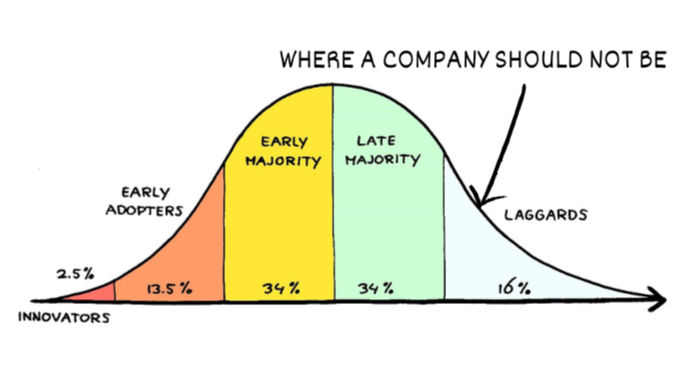Progress tracking: When the Site Meets the BIM-Model
- Anne Werkmeister
- May 16, 2025
- 3 min read
Updated: May 19, 2025
Why LiDAR + BIM Is the Future of Construction Monitoring

Reality and Drawings Should Never Be Too Far Apart
Every construction project starts with a model. But the reality on site often diverges, slightly at first, then significantly. Walls shift, rebar cages misalign, formwork moves. By the time someone notices the mismatch between what was designed and what is being built, the cost of correcting it has grown tenfold.
To solve this, we need one thing above all: alignment between digital models and physical reality.
The best way to achieve this? By combining 3D laser scanning (LiDAR) with Building Information Modeling (BIM).
BIM: A New standard
Recent work presented at the 2023 FIG Working Week by Oregon State University and the University of Washington has confirmed this:
Terrestrial and robotic LiDAR systems, when integrated with BIM, offer a new standard for construction quality control and progress monitoring.
Their framework shows that with properly selected laser scanning systems, whether terrestrial scanners (TLS), drones (DRLS), or ground robots (GRLS), we can:
Collect clean, regular, high-resolution point clouds.
Automatically detect deviations from the BIM model.
Avoid human error, reduce material waste, and prevent delays.
Why BIM Alone Is Not Enough
BIM is excellent for design, coordination, and visualization. But without real-time site feedback, a BIM model quickly becomes a snapshot of intentions, not actual execution.
That’s where LiDAR steps in:
It captures as-built geometry with millimeter-level precision.
It feeds that reality back into the BIM model.
It turns the model into a living source of truth, one that evolves with the project.
This synergy, Scan-to-BIM, allows project teams to continuously validate what’s happening on-site, compare it with what’s intended, and correct errors before they become rework.
What Can Be Monitored with LiDAR + BIM?
According to the study, this integration supports construction at every stage:
Phase | Example Use of LiDAR + BIM |
Excavation & Foundation | Track shoring, validate deep shotcrete surfaces against design |
Superstructure (Concrete/Steel) | Confirm formwork position, rebar installation, beam geometry |
Fitout & MEP | Monitor HVAC, plumbing, glazing, windows installation |
Final Handover | Ensure installed components meet as-designed tolerances |
It also supports automated defect detection, as-built model generation, and structural deformation monitoring over time.
The Business Case: Preventing Waste, Saving Time
Construction mistakes lead to material waste, project delays, and CO₂ emissions. According to the paper:
Up to 25% of a construction budget can be lost to avoidable rework.
Around 10% of materials are wasted on-site.
This contributes to over 9% of total global CO₂ emissions from material production alone.
By scanning and comparing in real time, we reduce those figures dramatically. Precision equals sustainability.
Progress tracking: From Manual Checks to Autonomous Scanning
Manual quality control is time-consuming and error-prone. Site teams spend 30–50% of their day on inspection. Now, robotic laser scanners can automate data collection, especially in tight or risky spaces.
Ground-based LiDAR robots monitor interiors.
Drones scan exteriors and hard-to-reach façades.
TLS delivers ultra-precise stationary scans for structural validation.
Each tool has strengths, and combining them strategically ensures full coverage of the site.
BIM gave construction a digital brain. LiDAR gives it digital eyes.Together, they enable the most powerful leap forward in modern site management.
From excavation to glazing, from quality assurance to sustainability tracking, BIM and LiDAR form the foundation of intelligent construction, driven by data, not assumptions.
If you're still working from 2D drawings and manual checks, you’re not just slower, you’re exposed to risk.
At Romulus Technology, we help you implement practical, ROI-focused Scan-to-BIM workflows on real sites. From LiDAR planning to as-built validation, we make your models match your reality.



Comments